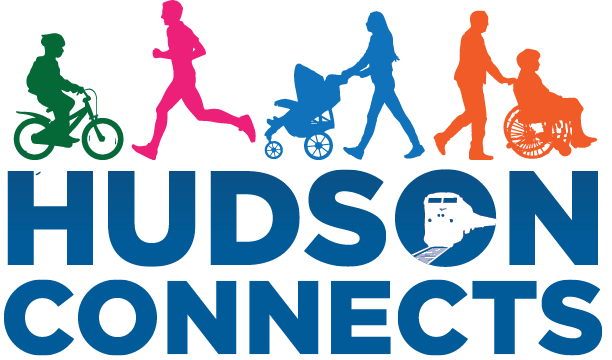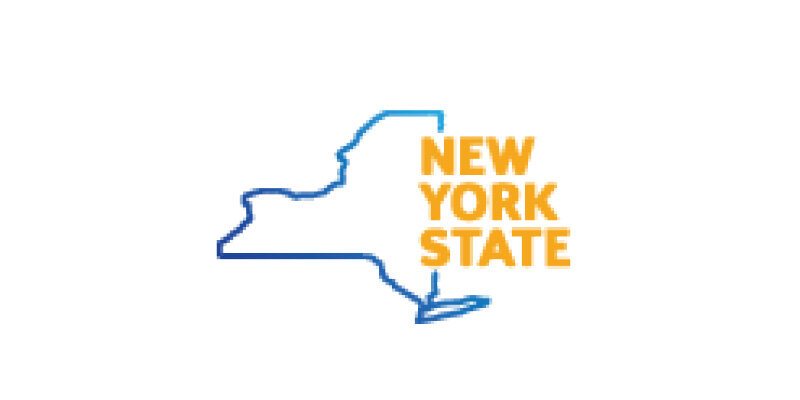
Frequently Asked Questions
What is the project area?
The project area, as defined in the DRI grant, is bounded by the Hudson River to the west, 2nd Street to the east, the South Bay wetlands to the south and Dock Street to the north. Funding cannot be used outside of the project area.
Where Can I download prior reports or presentation materials for this project?
All project materials are available for download here.
Who is paying for this project?
In 2017, the City of Hudson was selected by the New York State’s Capital Regional Economic Development Council for one of ten Downtown Revitalization Initiative (DRI) Round Two awards. A ten million dollar state grant was awarded to fund a variety of projects within the self defined BRIDGE District, an acronym for “build, renew, invent, develop, grow, empower.” Approximately four million dollars of the total grant is allocated to improving streets and circulation as identified in the Connectivity Plan.
Can this money be used for other projects or initiatives throughout the city instead?
No. This funding was awarded to the City specifically to improve the connectivity within the “BRIDGE District”. It cannot be used for other projects or areas of the City.
Is this proect coordinated with other city initiatives?
Yes. The City has taken steps to make sure that this project is coordinated with other community initiatives including Promenade Hill Park Improvements, Ferry Street Bridge, TEP Grant improvements on Dock Street, Historic Preservation Commission and more. If you are concerned about an upcoming project or initiative that may be impacted by this project, please contact us.
Was the community involved in the planning and design process?
Yes. Over the course of the project, the City hosted several workshops, open houses, walking tours and community meetings to get input from the community, present the findings and discuss the solutions. In addition, targeted stakeholder meetings were held with seniors and underserved community members.
What is the general timeline for the project?
The planning phase for this project began in July 2020. Schematic Design and engineering began in the summer of 2021 and will continue through . Construction is anticipated to begin in early summer 2022. Duration of construction is anticipated to be approximately 6 months. However, this timeline is influenced by many factors outside of our control including weather, material supply chain and more. Please check this website often for updated schedule and construction progress.
How will the construction affect my business?
The City will keep all affected business owners informed about the construction schedule and anticipated impacts as we get closer to construction. The City will take steps to require the contractor to minimize the inconveniences and disruption associated with the construction process. If you own a business in town and are concerned that the construction may impact you, please contact us.
What kind of disruptions can I expect?
As with all construction projects, there may be minor, temporary inconveniences. The most common impacts may be that certain parking areas will not be available, a travel lane may be closed or a sidewalk may be detoured. Every effort will be made to minimize these temporary inconveniences. Please check this website often and sign up for notifications in order to stay abreast of the construction impacts.
What are complete streets and how can i learn more about them?
Complete Streets are streets designed and operated to enable safe use and support mobility for all users. Those include people of all ages and abilities, regardless of whether they are traveling as drivers, pedestrians, bicyclists, or public transportation riders.
The following resources are available to help you learn more about Complete Streets and street design best practices.
When it comes time to design Complete Streets projects, existing design guides from the Active Transportation Alliance and other organizations provide best practices for pedestrian, bicycle, and transit accommodations in a variety of contexts.
Seven useful resources on urban design provided by the National Association of City Transportation Officials (NACTO).
The NYDOT's comprehensive design manual for "street design standards, guidelines, and policies."
Project for Public Spaces (PPS), is an organization dedicated to "create and sustain public spaces" by helping communities through placemaking.
A link to the City of Philadelphia's guidebook on Complete Streets from the Philadelphia Streets Department.
Pedbikeinfo (PBIC) is an information center that advocate for "safe walking and bicycling as a viable means of transportation and physical activity."
National Center for Safe Routes to School is dedicated to the study of safe places to walk and bike.
The United States Department of Transportation Resource page on Complete Streets.
Thank you.
It has been a privilege to work with the community on this important job for the City. As the project progresses, this page will be updated accordingly.





